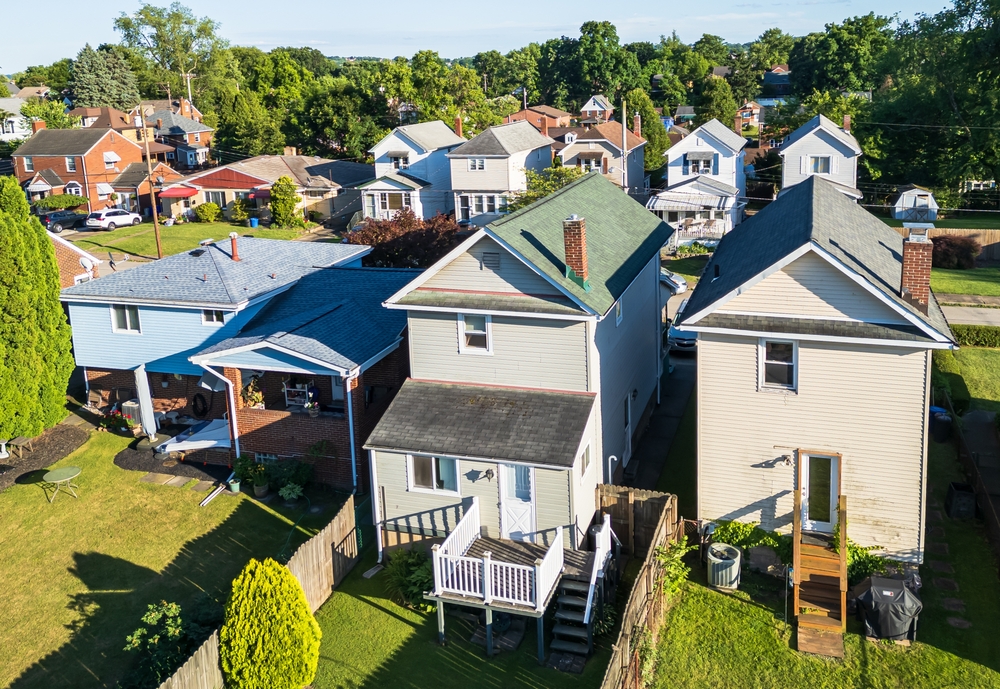For the fifth year in a row, Pittsburgh has been crowned America’s most affordable city, according to housing researchers at Chapman University. This year the city’s median home sale price was $250,000 and homeowners spent just 14% of median household income on housing.
The American Enterprise Institute also ranks Pittsburgh #1 among U.S. metropolitan areas for first-time home buyer affordability. And a Realtor.com report found it is the only major metropolitan area where buying a home is cheaper than renting.

An important reason for this affordability has been Pittsburgh’s low rate of international immigration, which has helped stabilize the area’s population and moderated pressure on the housing market. Housing affordability in American cities is strongly correlated with immigration rates and population growth. In New York, San Francisco and Boston, population increases have fueled soaring housing costs, putting homeownership out of reach for most younger residents.
In recent decades, Pittsburgh has undergone an economic transformation, shifting from steel and heavy industry to an economy centered on education, health care, and technology. While this shift has revitalized the city, it has not produced the kind of rapid population boom seen in coastal metropolitan areas. Between 1990 and the present, the Pittsburgh metro area’s population fluctuated closely around 1.7 million, the current number. According to Census Bureau data, only about 6% of the area’s residents are foreign-born, compared to a national average of roughly 15%.

Total population in the Pittsburgh metropolitan area, 1985-2025, according to the U.S. Census Bureau.
International migrants are a major driver of increased housing demand in the United States. They tend to cluster in metropolitan areas with established immigrant networks and strong job markets. Cities like New York and San Francisco, where immigrants make up about 35% of the population, have seen housing demand far outpace supply, pushing median home prices well above $1 million in many neighborhoods. Immigration brings new households competing for limited housing stock, creating upward pressure on both rents and home prices.

Foreign-born population compared to median home prices of Pittsburgh, Boston, Austin, and San Francisco. Pittsburgh’s low immigration (~6%) coincides with much lower housing prices, while Boston and San Francisco — with high immigration — have some of the nation’s highest housing costs.
By contrast, Pittsburgh’s small immigrant population means the city has experienced far less additional housing demand. Without large inflows of foreign-born residents, its housing market has not faced the same competitive squeeze. This has allowed Pittsburgh’s median home price to remain far below the levels of high-immigration cities.
The supply side of the equation also helps explain Pittsburgh’s affordability. The city has a legacy of older, relatively plentiful housing stock built during its industrial peak, much of which remains standing and usable today. In other metropolitan areas, supply constraints — limited land, restrictive zoning, and high construction costs — exacerbate the effects of immigration-driven demand. But in Pittsburgh, steady or modest demand has allowed the existing housing supply to remain largely adequate.

In contrast to fast-growing cities, Pittsburgh’s low immigration rates have helped to keep neighborhoods stable and viable, but without overwhelming housing markets. Pittsburgh’s population balance results in a housing market that is affordable for middle-class families, young professionals, and retirees alike.
The Pittsburgh model has demonstrated how ending immigration-driven population growth can benefit a city. Indeed, when immigration rates are low, a city can remain affordable while still welcoming new residents and fostering economic strength. This lesson could be applied to communities throughout our nation.

NumbersUSA promotes a variety of federal policies to humanely reduce immigration — our Six Great Immigration Solutions. One key bill, designed to reduce the exponential growth of chain migration, is the Nuclear Family Priority Act (H.R.2705 / S.1328). To ask your Congressional Representative and Senators to support this and other sensible immigration reduction policies, visit our Action Board.